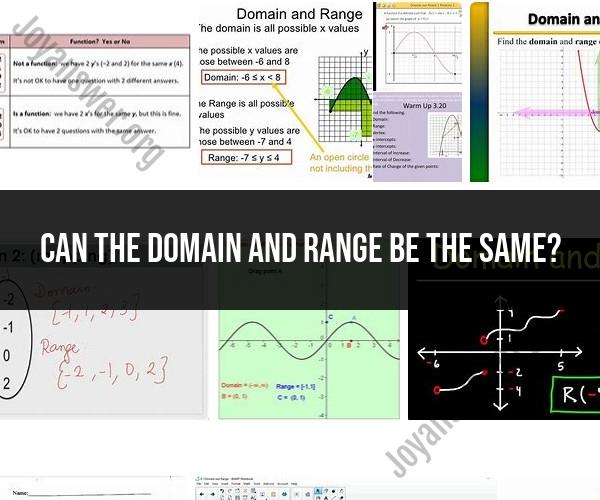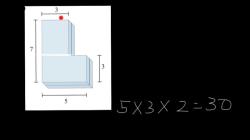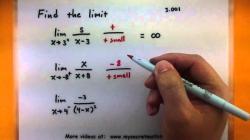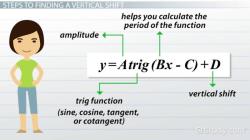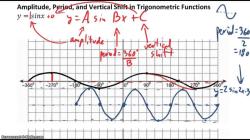Can the domain and range be the same?
Yes, the domain and range of a function can be identical in certain cases, but it depends on the specific function and its characteristics. Here are a few scenarios:
Constant Functions: In a constant function, where the output (range) is the same for all possible inputs (domain), the domain and range are indeed identical. For example, if you have a function f(x) = 5, then for any value of x, the output will always be 5. In this case, the domain and range are both {5}.
Identity Functions: The identity function, often denoted as f(x) = x, is another example where the domain and range are the same. In this function, each input value maps to itself as the output. So, if you input x, the output is also x. The domain and range, in this case, are both all real numbers, represented as (-∞, ∞).
One-to-One Functions: In some one-to-one (injective) functions, where each unique input maps to a unique output, the domain and range can be the same. An example is the function f(x) = x^2 for x ≥ 0. In this case, the domain is [0, ∞), and the range is [0, ∞), and they are both identical because each input value has a unique output.
However, it's important to note that for many functions, especially those that are not one-to-one, the domain and range are not the same. Functions can have a wide range of domain and range relationships, including being subsets of each other or having no common elements. The specific nature of the function and its mathematical properties determine whether the domain and range are identical or different.
